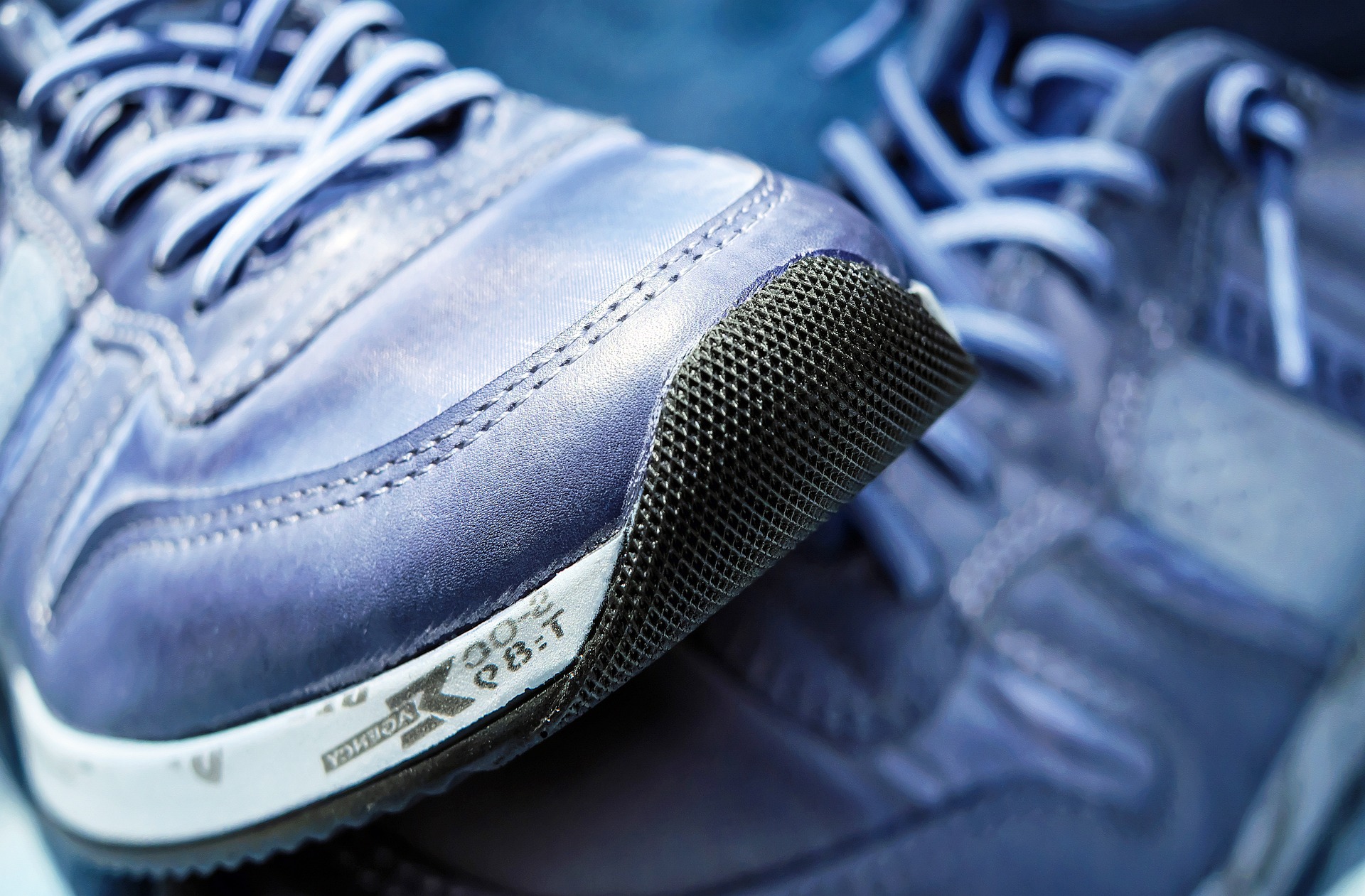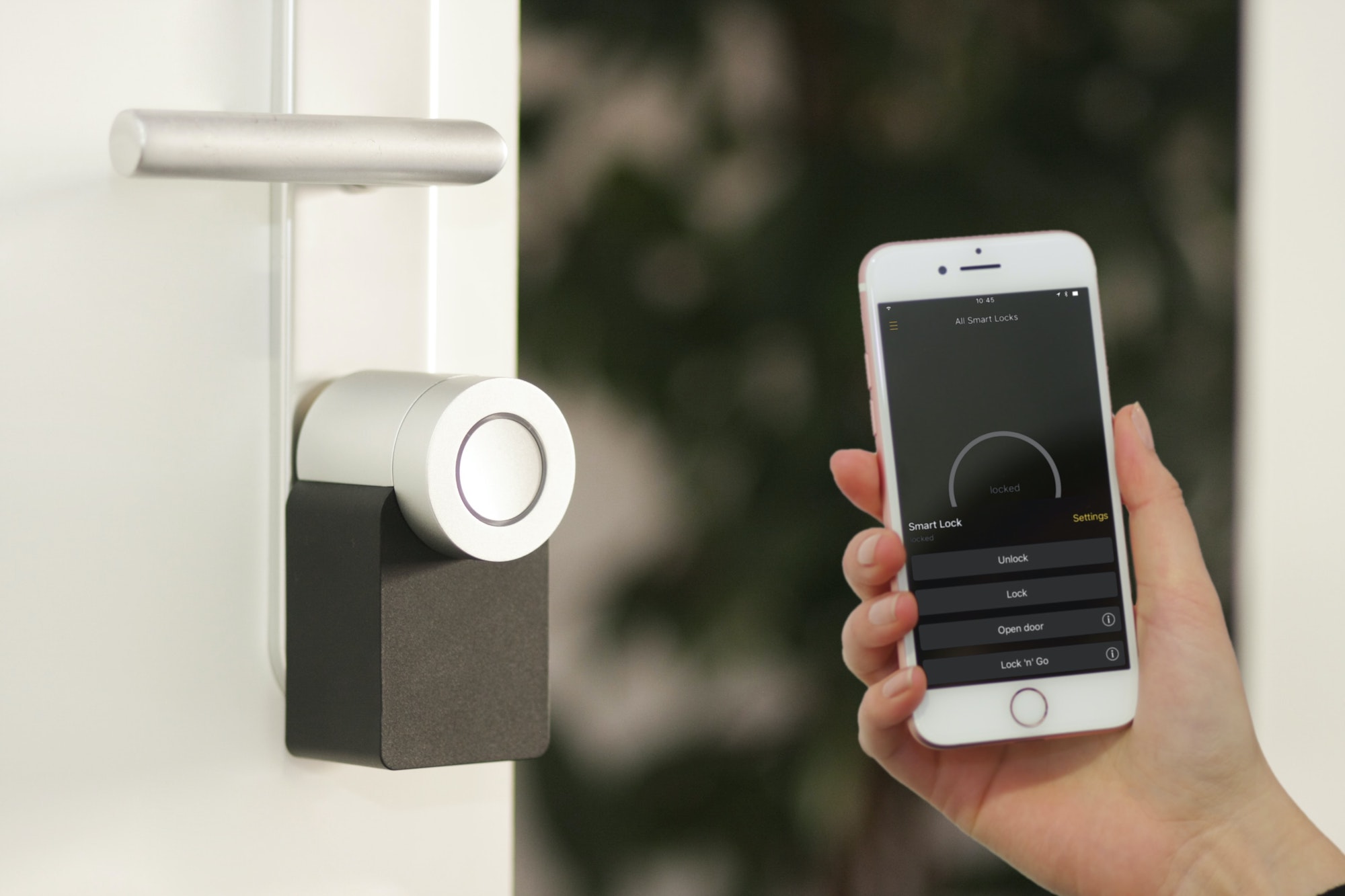Choosing the best running shoes is a crucial decision for any runner, whether you are a beginner or an experienced marathoner. The right pair of shoes can significantly impact your performance, comfort, and overall running experience. With a multitude of options available in the market, it can be overwhelming to determine which shoes are best suited for your needs. This comprehensive guide will walk you through the essential factors to consider, the types of running shoes available, and how to make an informed decision.
Understanding Your Running Needs
Before diving into the specifics of running shoes, it’s essential to understand your running habits and needs. These include your running style, the surfaces you run on, your training goals, and any previous injuries or specific foot conditions.
Running Style
Your running style, or gait, plays a significant role in determining the type of running shoes you need. Gait refers to the way your feet move when you run, and there are three primary types:
- Neutral Pronation: This is the most common and natural foot motion where the foot rolls inward slightly (about 15%) to absorb shock. Runners with neutral pronation can choose from a wide variety of running shoes.
- Overpronation: This occurs when the foot rolls inward excessively, often leading to issues such as shin splints, plantar fasciitis, and knee pain. Stability or motion control shoes are ideal for overpronators to provide additional support and correct the motion.
- Underpronation (Supination): This happens when the foot rolls outward or doesn’t roll inward enough, putting extra stress on the outer edges of the foot. Cushioned shoes with ample flexibility and shock absorption are recommended for underpronators.
Running Surfaces
The surfaces you run on can impact the type of shoes you need:
- Road Running: If you primarily run on pavements, sidewalks, or treadmills, you need road running shoes. These shoes are lightweight, provide good cushioning, and offer a smooth, stable ride.
- Trail Running: For off-road runners who traverse uneven, muddy, or rocky terrain, trail running shoes are essential. These shoes offer enhanced grip, durability, and protection against rough surfaces.
- Track Running: Track runners often require lightweight, responsive shoes designed for speed and agility. Spikes or racing flats are popular choices for track running.
- Mixed Terrain: If your running routine involves a mix of road and trail, consider hybrid shoes that offer the versatility and protection needed for both surfaces.
Training Goals
Your training goals and the type of running you engage in will also influence your shoe choice:
- Casual Running: If you run for fitness or leisure a few times a week, a versatile, comfortable pair of shoes with moderate cushioning is ideal.
- Distance Running: Marathon and long-distance runners need shoes with excellent cushioning, durability, and support to withstand the extended mileage.
- Speed Training: For speed workouts, intervals, or races, lightweight, responsive shoes that enhance your performance are crucial.
- Trail Racing: Competitive trail runners should look for shoes that offer a balance of protection, grip, and lightweight performance.
- Cross-Training: If you combine running with other activities like gym workouts, consider cross-training shoes that provide stability and support for a variety of exercises.
Foot Conditions and Injuries
Consider any specific foot conditions or past injuries you may have:
- Flat Feet: Runners with flat feet often benefit from stability or motion control shoes that provide arch support and prevent overpronation.
- High Arches: If you have high arches, look for shoes with extra cushioning to absorb shock and reduce the risk of injury.
- Plantar Fasciitis: Shoes with good arch support, cushioning, and a firm heel counter can help alleviate plantar fasciitis symptoms.
- Bunions: If you have bunions, choose shoes with a wide toe box to reduce pressure on the affected area.
- Previous Injuries: If you have a history of running injuries, consider consulting a specialist or physical therapist to recommend shoes that address your specific needs.
Types of Running Shoes
Running shoes come in various categories, each designed to cater to different running styles, surfaces, and needs. Understanding these categories will help you narrow down your options and choose the best pair for your running goals.
Neutral Running Shoes
Neutral running shoes are designed for runners with a neutral gait or mild underpronation. They offer a balance of cushioning and support without additional motion control features. These shoes typically have a flexible midsole and a comfortable fit, making them suitable for a wide range of runners.
Features:
- Ample cushioning for shock absorption
- Lightweight and flexible design
- Suitable for various running surfaces
- Wide range of styles and models
Stability Running Shoes
Stability running shoes are ideal for runners who overpronate, as they provide additional support and structure to correct the inward rolling motion of the foot. These shoes feature a firmer midsole and medial post (a denser foam section) to prevent excessive pronation.
Features:
- Added support and stability features
- Medial post for pronation control
- Moderate cushioning for comfort
- Durable and supportive construction
Motion Control Running Shoes
Motion control running shoes are designed for severe overpronators who need maximum support and stability. These shoes have a rigid structure, a firm midsole, and additional features to control excessive foot motion. They are often recommended for runners with flat feet or those who require substantial correction.
Features:
- Maximum support and stability
- Rigid construction with a firm midsole
- Enhanced pronation control
- Durable and supportive design
Cushioned Running Shoes
Cushioned running shoes, also known as neutral cushioned shoes, are ideal for runners with underpronation or those who need extra shock absorption. These shoes prioritize cushioning and flexibility over stability features, providing a plush and comfortable running experience.
Features:
- High levels of cushioning for shock absorption
- Soft and flexible midsole
- Lightweight and comfortable design
- Suitable for neutral or underpronating runners
Minimalist Running Shoes
Minimalist running shoes are designed to mimic barefoot running while providing some protection and cushioning. These shoes have a low heel-to-toe drop, minimal cushioning, and a lightweight, flexible construction. They are suitable for runners looking to strengthen their feet and improve their natural running form.
Features:
- Low heel-to-toe drop (0-4mm)
- Minimal cushioning and lightweight design
- Flexible and responsive construction
- Promotes natural foot movement
Maximalist Running Shoes
Maximalist running shoes offer the opposite of minimalist shoes, providing maximum cushioning and support. These shoes are designed for runners seeking extra comfort and shock absorption, especially during long-distance runs. Maximalist shoes feature thick midsoles and a plush ride.
Features:
- Maximum cushioning for shock absorption
- Thick and plush midsole
- Enhanced comfort and support
- Suitable for long-distance running
Trail Running Shoes
Trail running shoes are built for off-road running, offering superior traction, protection, and durability. These shoes feature aggressive outsoles with deep lugs, protective toe caps, and reinforced uppers to handle rough terrain and varying conditions.
Features:
- Aggressive outsoles for traction on uneven terrain
- Durable and protective construction
- Reinforced toe caps and uppers
- Suitable for trail and off-road running
Racing Flats
Racing flats are lightweight, minimalist shoes designed for competitive running and racing. These shoes prioritize speed and responsiveness, often with minimal cushioning and a low profile. Racing flats are ideal for short-distance races and speed workouts.
Features:
- Lightweight and minimalist design
- Minimal cushioning for a responsive feel
- Low heel-to-toe drop
- Suitable for races and speed training
Cross-Training Shoes
Cross-training shoes are versatile shoes designed for runners who engage in various activities, including gym workouts, aerobics, and sports. These shoes offer a balance of support, stability, and flexibility, making them suitable for multi-sport use.
Features:
- Versatile design for various activities
- Balance of support, stability, and flexibility
- Durable construction for different surfaces
- Suitable for cross-training and gym workouts
Key Factors to Consider When Choosing Running Shoes
Choosing the right running shoes involves considering several key factors that influence fit, comfort, and performance. Understanding these factors will help you make an informed decision and select the best pair of shoes for your needs.
Fit and Sizing
Proper fit is crucial for running shoes to ensure comfort and prevent injuries. Here are some tips to ensure a good fit:
- Measure Your Feet: Measure your feet regularly, as foot size can change over time. Use a Brannock device or visit a running store for accurate measurements.
- Try Shoes Later in the Day: Feet tend to swell throughout the day, so try on shoes in the afternoon or evening for the most accurate fit.
- Allow for Toe Room: Ensure there is about a thumb’s width of space between your longest toe and the front of the shoe. This allows for natural foot expansion during running.
- Check Width and Volume: Shoes should fit snugly around the midfoot and heel without being too tight. Consider the width and volume of the shoe to accommodate your foot shape.
- Wear Running Socks: Try on shoes with the socks you typically wear while running to ensure a proper fit.
- Test the Shoes: Walk or jog around the store to assess comfort and fit. Pay attention to any pressure points or areas of discomfort.
Cushioning
Cushioning is essential for absorbing shock and providing comfort during running. The level of cushioning needed varies based on personal preference, running style, and the type of running you do.
- Maximal Cushioning: Ideal for long-distance runners or those seeking extra comfort and shock absorption. Maximalist shoes offer a plush, cushioned ride.
- Moderate Cushioning: Suitable for most runners, providing a balance of comfort and responsiveness. These shoes offer good shock absorption without being too bulky.
- Minimal Cushioning: Preferred by minimalist and barefoot runners who want to feel the ground and promote natural foot movement. Minimalist shoes offer minimal cushioning and a low heel-to-toe drop.
- Heel-to-Toe Drop: The difference in height between the heel and the forefoot. Lower drop (0-4mm) promotes a more natural running form, while higher drop (8-12mm) provides additional cushioning and support for heel strikers.
Support and Stability
Support and stability features are crucial for runners with overpronation or specific foot conditions. These features help maintain proper alignment and prevent injuries.
- Medial Post: A denser foam section in the midsole that helps control pronation. Found in stability and motion control shoes.
- Heel Counter: A firm structure in the heel that provides support and prevents excessive foot movement. Ensures a secure fit.
- Arch Support: Built-in arch support helps distribute pressure evenly and reduces strain on the arch. Important for runners with flat feet or high arches.
- Midfoot Support: Features like a supportive saddle or midfoot shank provide additional stability and prevent excessive foot movement.
Weight and Flexibility
The weight and flexibility of running shoes impact your running performance and comfort. Lighter, more flexible shoes are ideal for speed and agility, while heavier, supportive shoes offer durability and protection.
- Lightweight Shoes: Ideal for racing, speed training, and runners who prefer a minimalist feel. Lightweight shoes reduce fatigue and enhance performance.
- Flexible Shoes: Promote natural foot movement and responsiveness. Suitable for runners who want a more barefoot-like experience.
- Heavier Shoes: Provide more cushioning, support, and durability. Ideal for long-distance running and runners seeking maximum comfort and protection.
Breathability and Upper Material
The upper material of running shoes affects breathability, comfort, and durability. Breathable materials keep your feet cool and dry, while durable uppers provide protection and support.
- Mesh Uppers: Lightweight, breathable, and flexible. Mesh uppers allow air circulation, keeping your feet cool and dry during runs.
- Synthetic Uppers: Durable and supportive. Synthetic materials provide structure and protection, ideal for trail running shoes.
- Knit Uppers: Comfortable and sock-like fit. Knit uppers offer flexibility and breathability while conforming to the shape of your foot.
- Waterproof Uppers: Ideal for wet conditions and trail running. Waterproof materials keep your feet dry and protected.
Durability and Outsole
The durability and traction of the outsole are crucial for different running surfaces. A durable outsole ensures longevity, while good traction provides stability and grip.
- Rubber Outsole: Durable and provides excellent traction. Rubber outsoles are common in most running shoes and suitable for various surfaces.
- Blown Rubber: Lightweight and flexible. Blown rubber outsoles offer a balance of durability and cushioning, ideal for road running shoes.
- Carbon Rubber: Extremely durable and abrasion-resistant. Carbon rubber outsoles are used in high-wear areas for added durability.
- Trail-Specific Outsole: Aggressive lug patterns for traction on uneven terrain. Trail running shoes feature durable, grippy outsoles for off-road conditions.
- Flex Grooves: Enhances flexibility and natural foot movement. Flex grooves in the outsole provide a smooth, responsive ride.
Price and Budget
Running shoes come in a wide range of prices, from budget-friendly options to high-end models. Consider your budget and prioritize the features that matter most to you.
- Budget-Friendly Shoes: Affordable options that offer essential features and good performance. Ideal for casual runners or those on a tight budget.
- Mid-Range Shoes: Balance of performance, comfort, and durability. Mid-range shoes offer a good mix of features and are suitable for most runners.
- High-End Shoes: Premium materials, advanced technology, and superior performance. High-end shoes are ideal for serious runners and those seeking the best in comfort and support.
How to Test and Choose the Right Running Shoes
Testing and choosing the right running shoes involves more than just trying them on. Follow these steps to ensure you make the best decision:
- Visit a Specialty Running Store: A specialty running store offers expert advice, gait analysis, and a wide range of running shoes. The staff can help you find the best shoes for your needs.
- Get a Gait Analysis: Many running stores offer gait analysis to assess your running style and recommend suitable shoes. This analysis can identify issues like overpronation or underpronation.
- Try Multiple Pairs: Don’t settle for the first pair you try. Test multiple pairs to compare fit, comfort, and performance. Walk or jog around the store to assess how they feel.
- Consider Orthotics or Insoles: If you use orthotics or custom insoles, bring them with you to ensure the shoes accommodate them comfortably.
- Check the Return Policy: Choose a store with a good return policy. If the shoes don’t work out after a few runs, you should be able to exchange or return them.
- Break Them In: Once you’ve chosen your running shoes, break them in gradually. Start with shorter runs to allow your feet to adjust to the new shoes.
Tips for Maintaining Your Running Shoes
Proper maintenance can extend the life of your running shoes and ensure they perform at their best. Follow these tips to keep your shoes in good condition:
- Rotate Your Shoes: If you run frequently, consider rotating between two pairs of running shoes. This allows each pair to dry out and recover between runs, extending their lifespan.
- Clean Them Regularly: Remove dirt and debris from your shoes after each run. Use a soft brush and mild soap to clean the uppers and outsoles.
- Air Dry: After cleaning or running in wet conditions, let your shoes air dry naturally. Avoid using direct heat sources like radiators or dryers, as they can damage the materials.
- Store Properly: Store your shoes in a cool, dry place away from direct sunlight. Avoid leaving them in damp or humid areas, as this can lead to mold and odor.
- Replace When Needed: Running shoes typically last between 300-500 miles, depending on the type and usage. Pay attention to signs of wear, such as worn-out soles, decreased cushioning, or discomfort, and replace them as needed.
Conclusion
Choosing the best running shoes involves understanding your running needs, considering various factors like fit, cushioning, support, and durability, and testing multiple pairs to find the perfect match. By following this comprehensive guide, you can make an informed decision and select running shoes that enhance your performance, comfort, and overall running experience.
Remember to maintain your shoes properly to extend their lifespan and keep them in top condition for many miles to come.



